|
|
|
About Me |
|
I am a Postdoctoral Associate at the Camera Culture Group, MIT Media Lab, working with Prof. Ramesh Raskar. My current research focus is at the intersection of computer vision, computational imaging, and decentralized AI. I am particularly interested in the promise of decentralized AI towards making the benfits of AI available for all, in settings such as healthcare, low resource vision and imaging and so on. I completed my PhD at the Visual Machines Group, UCLA, advised by Prof. Achuta Kadambi. At VMG, I worked on developing cutting-edge tools at the intersection of physics and artificial intelligence, to be applied to diverse problems in human-centric computer vision and computational imaging. I have been fortunate to be supported by a CISCO PhD Fellowship for a part of my PhD. I completed my Bachelor's degree in Electrical Engineering from the Indian Institute of Technology, Madras, India, where I was the President's Gold Medal awardee for outstanding academic performance, for the year 2019. I worked on my undergraduate thesis with Prof. Kaushik Mitra at the Computational Imaging Lab in the domain of High Dynamic Range imaging. |
Updates
|
ResearchMy research interests lie at the intersection computer vision/computational imaging and learning models at scale. My current work relates to developing tools for rendering and 3D representation in the era of novel generative priors. I am also interested in aspects of fairness in the era of learning-based vision systems and equitable health sensing. In the past, I have worked on more traditional imaging projects. As part of my undergraduate thesis, I worked on developing novel regimes for HDR imaging with new camera setups. I have also worked on minor projects in lensless imaging and camera calibration regimes for large camera networks. |
Selected Papers* indicates equal contribution |
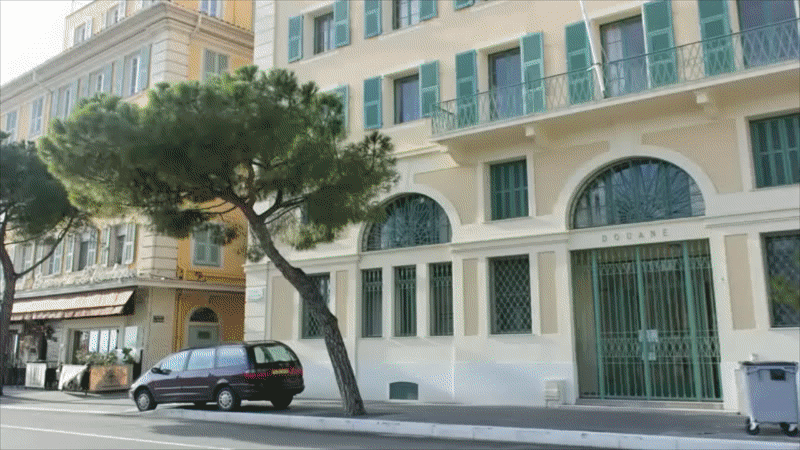
|
Shijie Zhou, Haoran Chang*, Sicheng Jiang*, Zhiwen Fan, Zehao Zhu, Dejia Xu, Pradyumna Chari, Suya You, Zhangyang Wang, Achuta Kadambi CVPR, 2024 (Highlight paper, top 2.8%) Feature 3DGS distills feature fields from 2D foundation models, opening the door to a brand new semantic, editable, and promptable explicit 3D scene representation. Project Webpage |
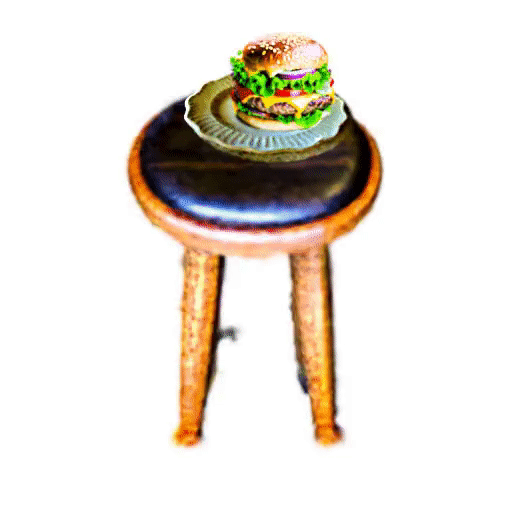
|
Alexander Vilesov*, Pradyumna Chari*, Achuta Kadambi ArXiv, 2023 A method for 3D generation of multi-object realistic scenes from text by utilizing text-to-image diffusion models and Gaussian radiance fields. These scenes are decomposable and editable at the object level. Project Webpage |
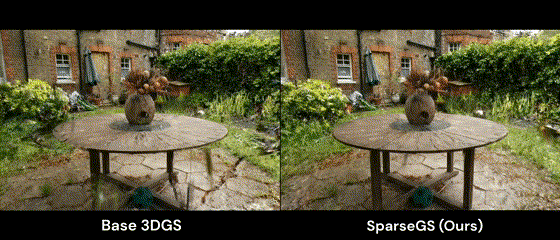
|
Haolin Xiong*, Sairisheek Muttukuru*, Rishi Upadhyay, Pradyumna Chari, Achuta Kadambi ArXiv, 2023 A framework that leverages explicit radiance fields, monocular depth cues, and generative priors to enable 360° sparse view synthesis using 3D Gaussian Splatting. Project Webpage |

|
Pradyumna Chari, Yunhao Ba, Shijie Zhou, Chinmay Talegaonkar, Shreeram Athreya, Achuta Kadambi IEEE Access, 2023 A novel pipeline that enables discovery of underlying parameters and equations from videos of physical phenomena. Project Webpage |
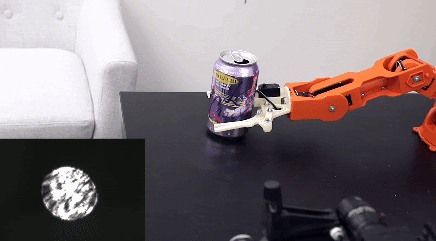
|
Siyou Pei, Pradyumna Chari, Xue Wang, Xiaoying Yang, Achuta Kadambi Yang Zhang UIST, 2022, Best Demo Honorable Mention Using laser speckle imaging for touch and force sensing on surfaces in the wild. Paper |

|
Pradyumna Chari, Yunhao Ba, Shreeram Athreya, Achuta Kadambi ECCV, 2022 Some inclusion of minority samples improves test error for the majority group. Project Webpage |

|
Alexander Vilesov*, Pradyumna Chari*, Adnan Armouti*, Anirudh B H, Kimaya Kulkarni, Ananya Deoghare, Laleh Jalilian, Achuta Kadambi ACM Trans. Graph. (SIGGRAPH), 2022 A multimodal fusion approach between camera and radar to achieve more equitable and robust plethysmography. Project Webpage |
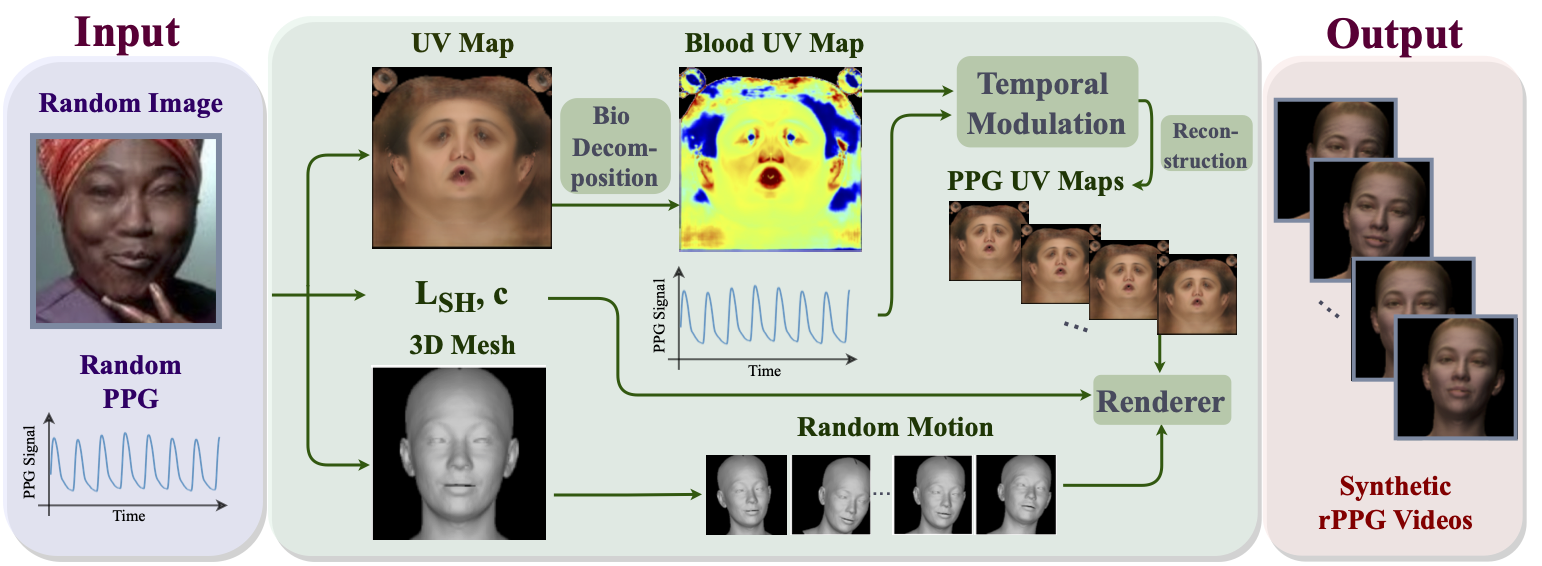
|
Zhen Wang*, Yunhao Ba*, Pradyumna Chari, Oyku Deniz Bozkurt, Gianna Brown, Parth Patwa, Niranjan Vaddi, Laleh Jalilian, Achuta Kadambi CVPR, 2022 A scalable biophysical neural rendering method to generate biorealistic synthetic rPPG videos given any reference image and target rPPG signal as input. Project Webpage |
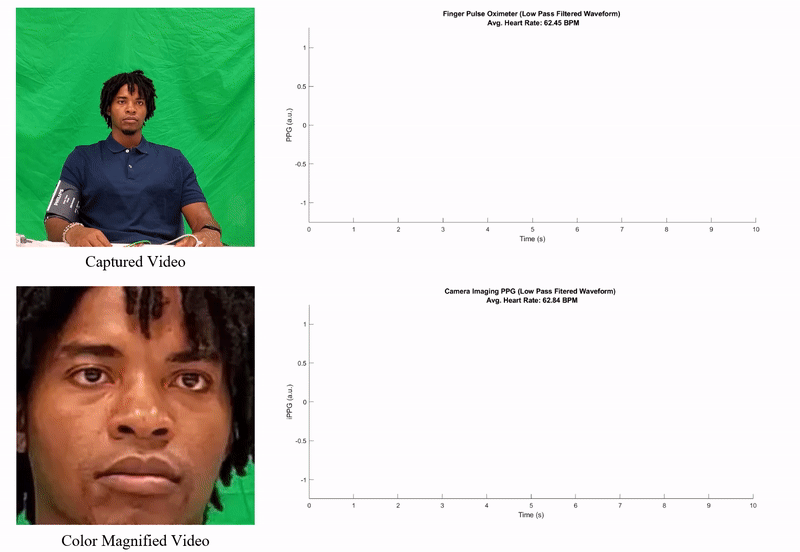
|
Pradyumna Chari*, Krish Kabra*, Doruk Karinca, Soumyarup Lahiri, Diplav Srivastava, Kimaya Kulkarni, Tianyuan Chen, Maxime Cannesson, Laleh Jalilian, Achuta Kadambi ArXiv, 2020 Identifying and solving underlying bias in remote heart rate monitoring using consumer camera systems based on noise analysis. Project Webpage |
|
Template credits: Jon Barron |